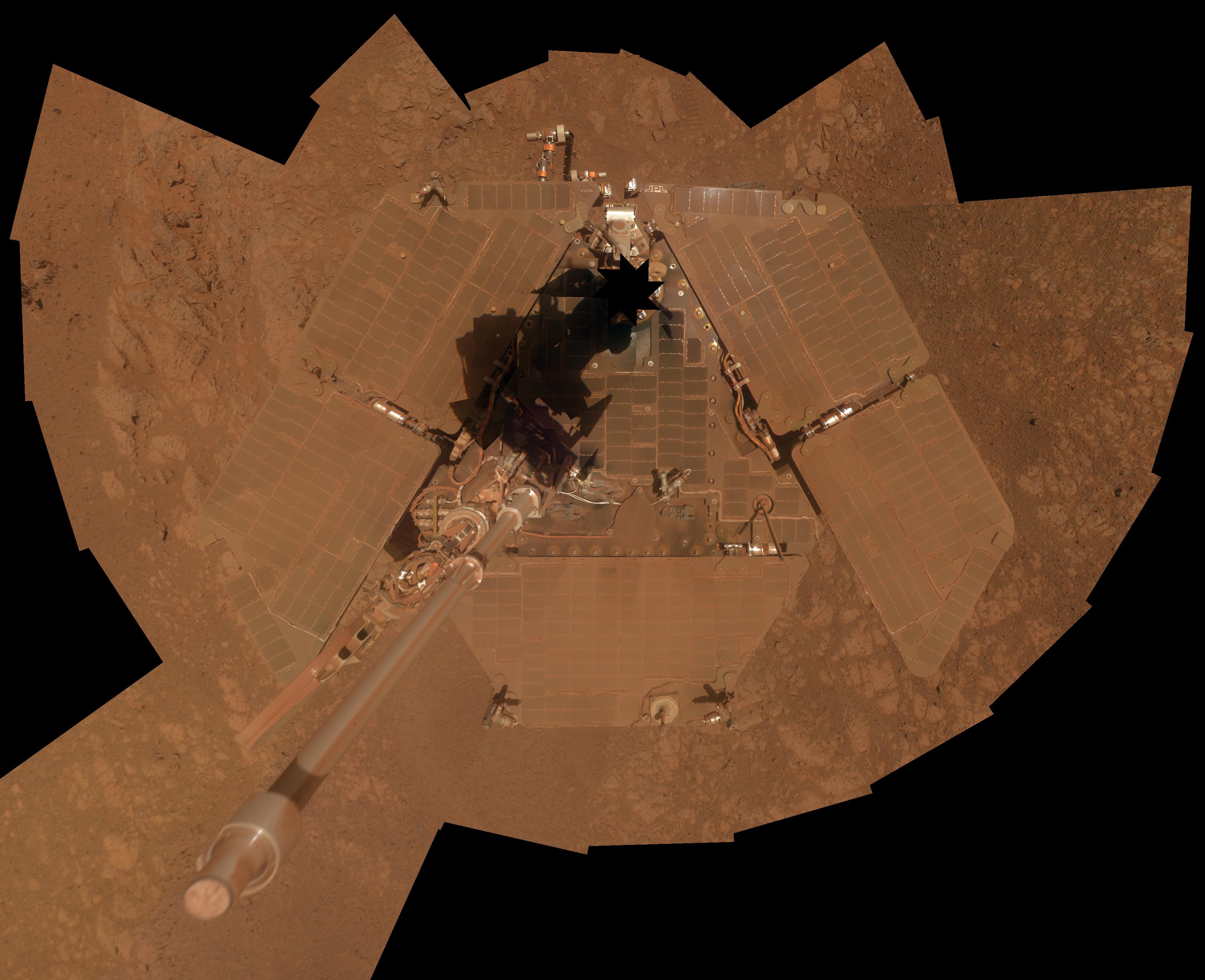Science Highlights
Finding Signs of Water and Conditions for Life
The Mars Exploration Rovers told us of an ancient time when Mars was awash in water, with good conditions for supporting microbial life. Here are some of the rovers' most significant discoveries about the Red Planet:
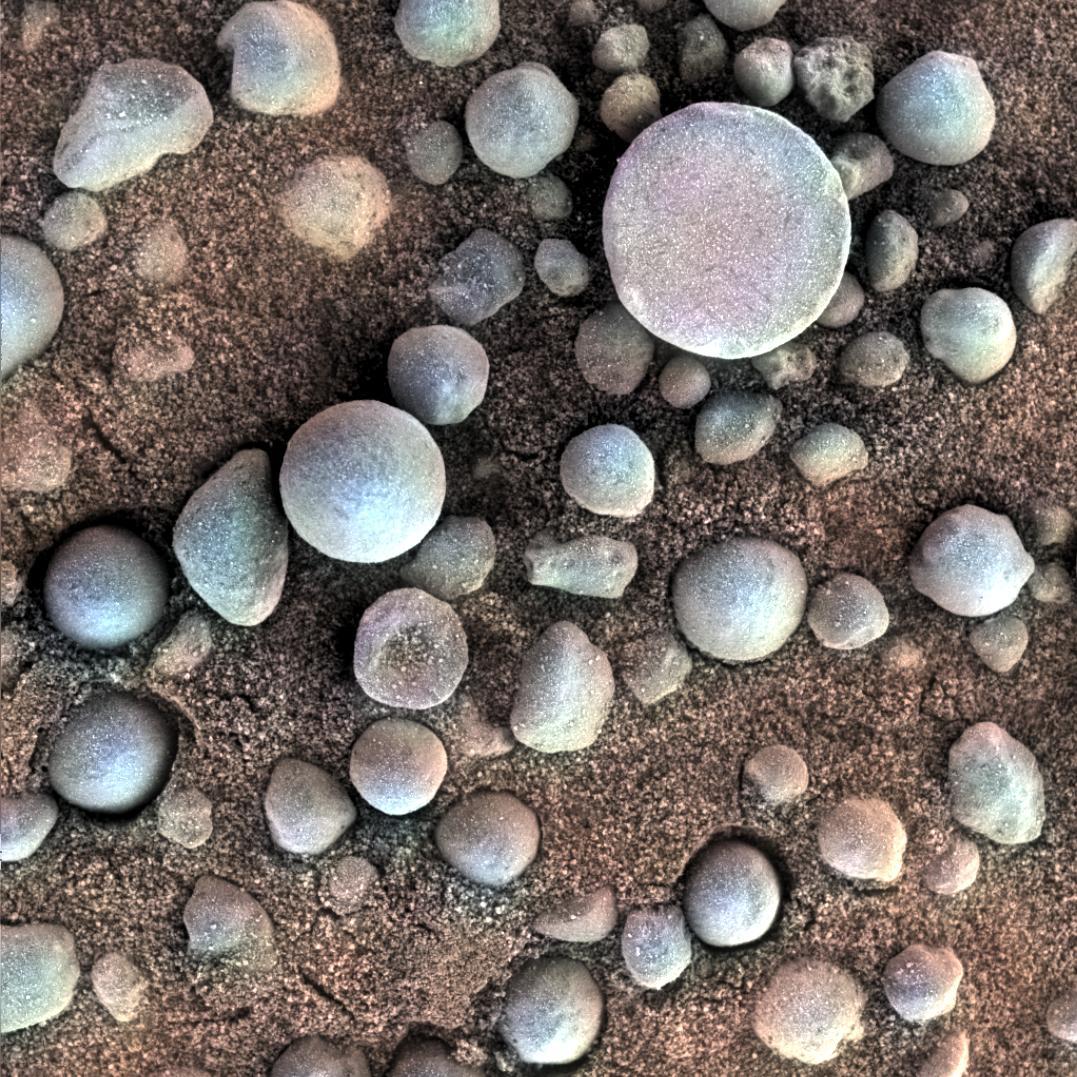
Soaked in Salty Waters Long Ago
By landing in a crater, Opportunity scored a "hole in one" by finding small, spherical deposits of the mineral hematite, which typically forms in water. These iconic mineral features were nicknamed the "blueberries." Water is key to life as we know it. Yet, acidic water soaked this area in Mars' ancient past, making conditions harder for life to thrive.
Caption: The small spherules on the Martian surface in this close-up image are near Fram Crater, visited by NASA's Mars Exploration Rover Opportunity during April 2004. These are examples of the mineral concretions nicknamed "blueberries." Opportunity's investigation of the hematite-rich concretions during the rover's three-month prime mission in early 2004 provided evidence of a watery ancient environment.
Credit: NASA/JPL-Caltech/Cornell/USGS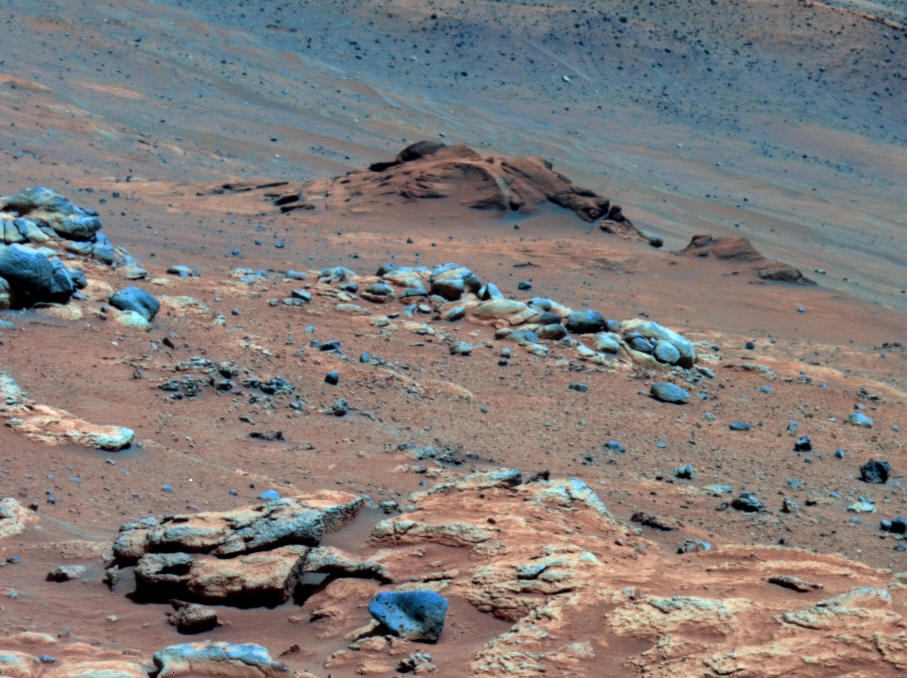
Bathing in Neutral Water in a Warmer Climate
At a place called Comanche, Spirit found rocks 10 times richer in key chemicals (magnesium and iron carbonates) than any other Martian rocks studied before. These rocks formed when Mars was warm and wet (with a thicker carbon-dioxide atmosphere and near-neutral-pH water). This warmer, watery environment could have supported life much better than the harshly acidic conditions the rover found elsewhere.
Caption: Lengthy detective work with data NASA's Mars Exploration Rover Spirit collected in late 2005 has confirmed that an outcrop called "Comanche" contains a mineral indicating that a past environment was wet and non-acidic, possibly favorable to life.
Credit: NASA/JPL-Caltech/Cornell University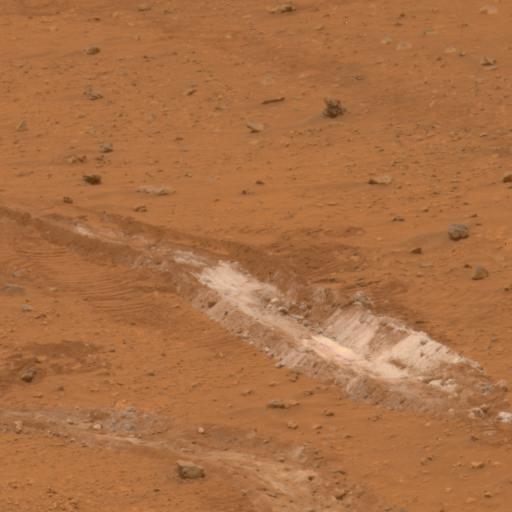
Steamy Times in Ancient Hot Springs
While dragging a wheel, Spirit churned up soil and found 90% pure silica at "Home Plate." On Earth, this kind of silica usually exists in hot springs or hot steam vents, where life as we know it often finds a hot, happy home – perhaps ancient microbes on Mars did as well.
Caption: In March 2007, NASA's Spirit rover found a patch of bright-toned soil so rich in silica that scientists proposed water must have been involved in concentrating it.
Credit: NASA/JPL/Cornell.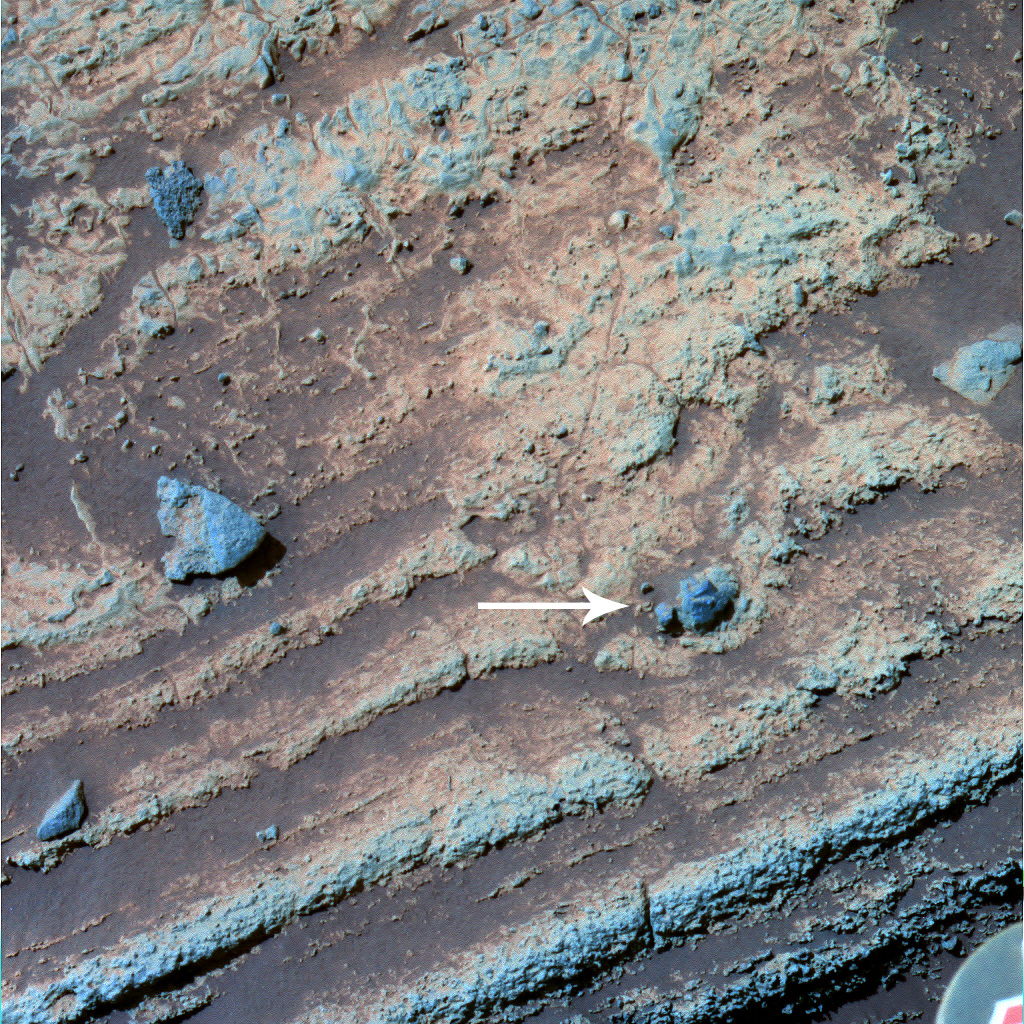
Explosive Signs of a Once-Heated Habitat
Spirit discovered that an ancient volcano erupted at "Home Plate," the rover's final resting place. Together, powerful steam eruptions from heated underground water produced some explosive volcanism. While violent, these extreme conditions can support microbial life on Earth. Once upon a time, maybe they did on Mars.
Caption: The lower coarse-grained unit shows granular textures toward the bottom of the image and massive textures. Also shown in this false-color view is a feature interpreted to be a "bomb sag," which is 4 centimeters across.
Credit: NASA/JPL-Caltech/USGS/Cornell.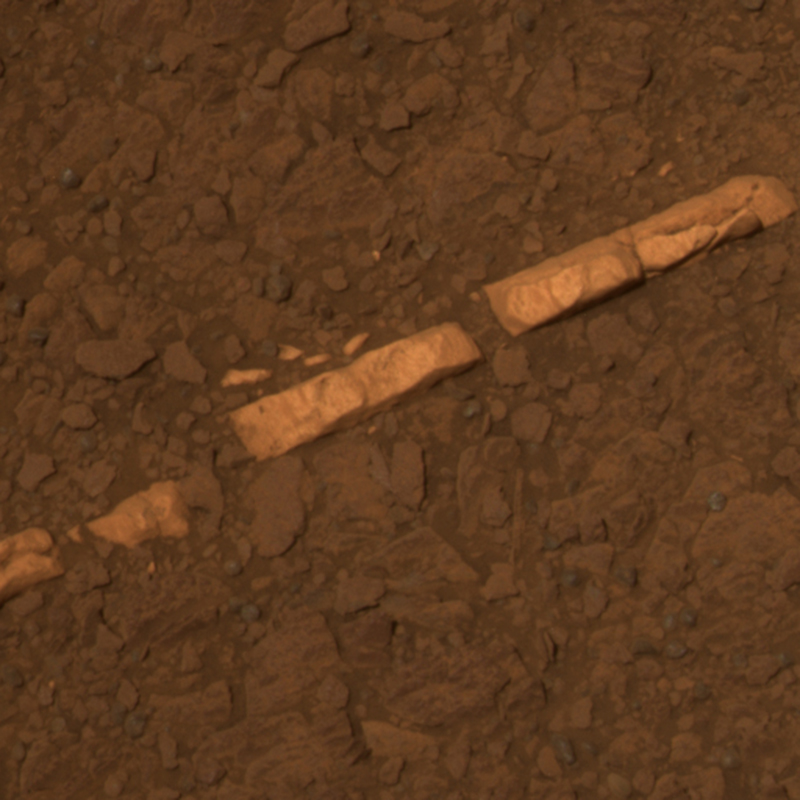
Slam-Dunk Signs of Flowing Water
Score! Near the rim of Endeavour Crater, Opportunity found bright-colored veins of gypsum in the rocks. These rocks likely formed when water flowed through underground fractures in the rocks, leaving calcium behind – a slam-dunk sign that Mars was once more hospitable to life than it is today!
Caption: This color view of a mineral vein called "Homestake" comes from the panoramic camera (Pancam) on NASA's Mars Exploration Rover Opportunity.
Credits: NASA/JPL-Caltech/Cornell/ASU.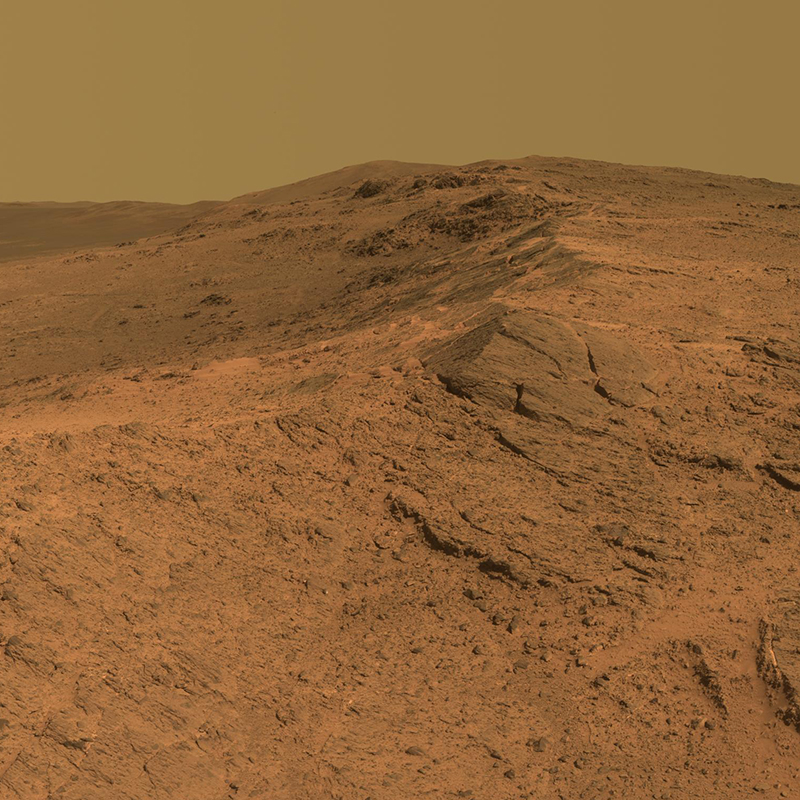
Compelling Clays: A Friendly Place for Life
Opportunity found compelling signs of a watery past on Mars: clay minerals formed in neutral-pH water. Of all the places studied by Opportunity, this environment at Endeavour Crater once had the friendliest conditions for ancient microbial life.
Caption: This scene from the panoramic camera (Pancam) of NASA's Mars Exploration Rover Opportunity catches "Pillinger Point," on the western rim of Endeavour Crater, in the foreground.
Credit: NASA/JPL-Caltech/Cornell Univ./Arizona State Univ.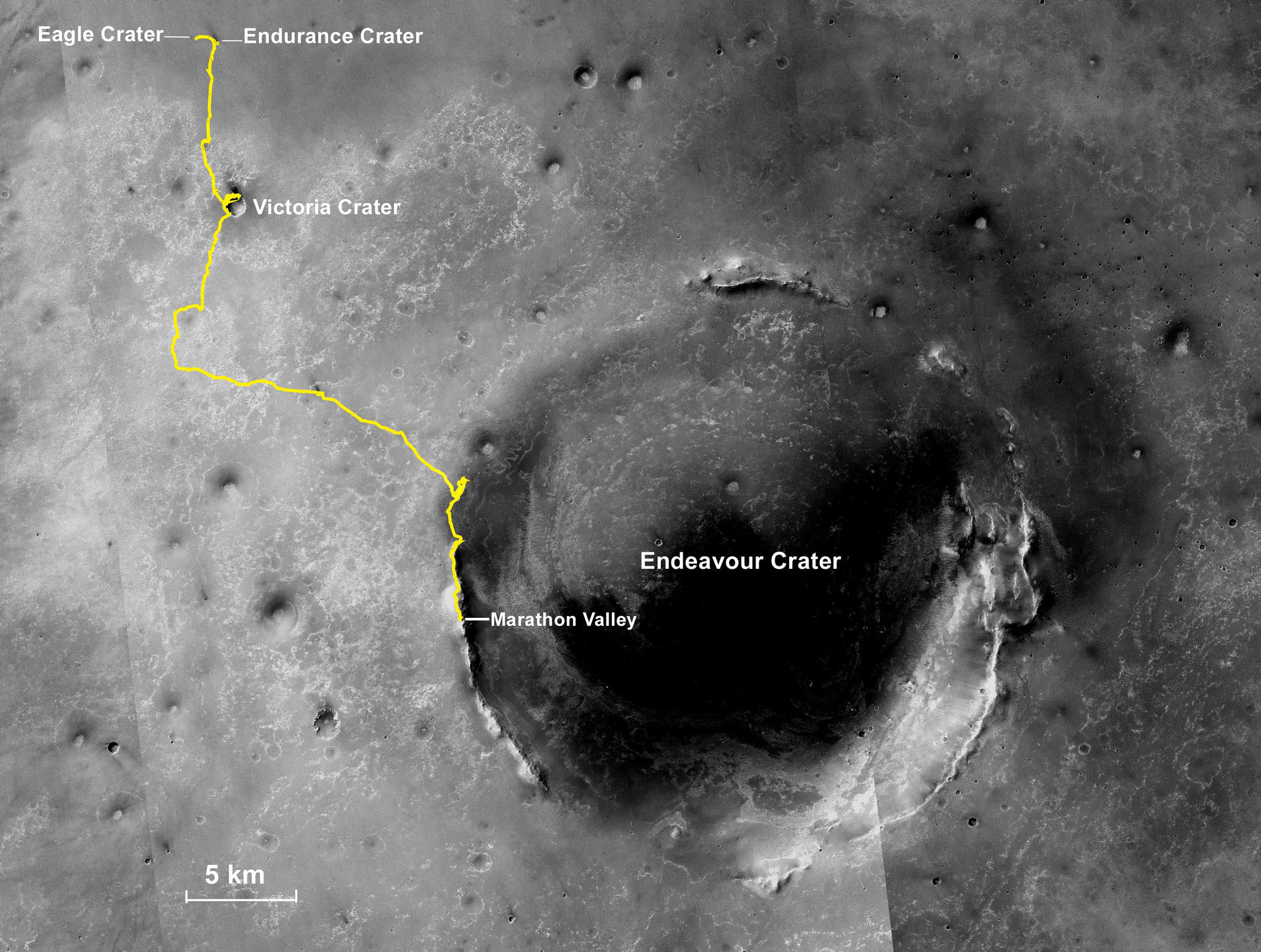
Craters and the Story They Tell
Opportunity was a crater explorer. The rover visited and studied the geology of well over 100 impact craters of all sizes in its 14 years on Mars. It learned about the lives of craters, studying how they form and erode through time.
Caption: NASA's Mars Exploration Rover Opportunity, working on Mars since January 2004, passed a marathon distance in total driving on March 24, 2015, during the mission's 3,968th Martian day, or sol. A drive of 153 feet (46.5 meters) on Sol 3968 brought Opportunity's total odometry to 26.221 miles (42.198 kilometers).
Credit: NASA/JPL-Caltech/MSSS/NMMNHS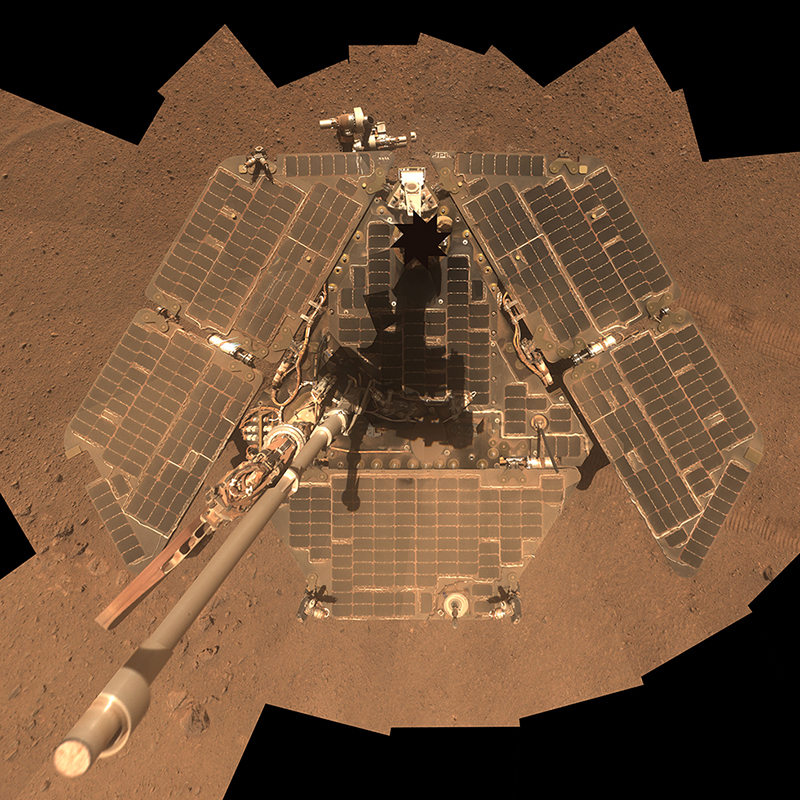
Long-term Study of the Martian Environment
Opportunity continually monitored Mars for more than 14 years. It collected a wealth of scientific riches on the Martian environment by studying Mars' clouds and dust, the opacity (tau) of its atmosphere, and how those conditions affected its solar panels (and solar energy). This type of information continues to help inform subsequent Mars missions.
Caption: A self-portrait of NASA's Mars Exploration Rover Opportunity taken in late March 2014 shows that much of the dust on the rover's solar arrays has been removed since a similar portrait from January 2014, seen below. Both were taken by Opportunity's panoramic camera (Pancam).
Credit: NASA/JPL-Caltech/Cornell Univ./Arizona State Univ
